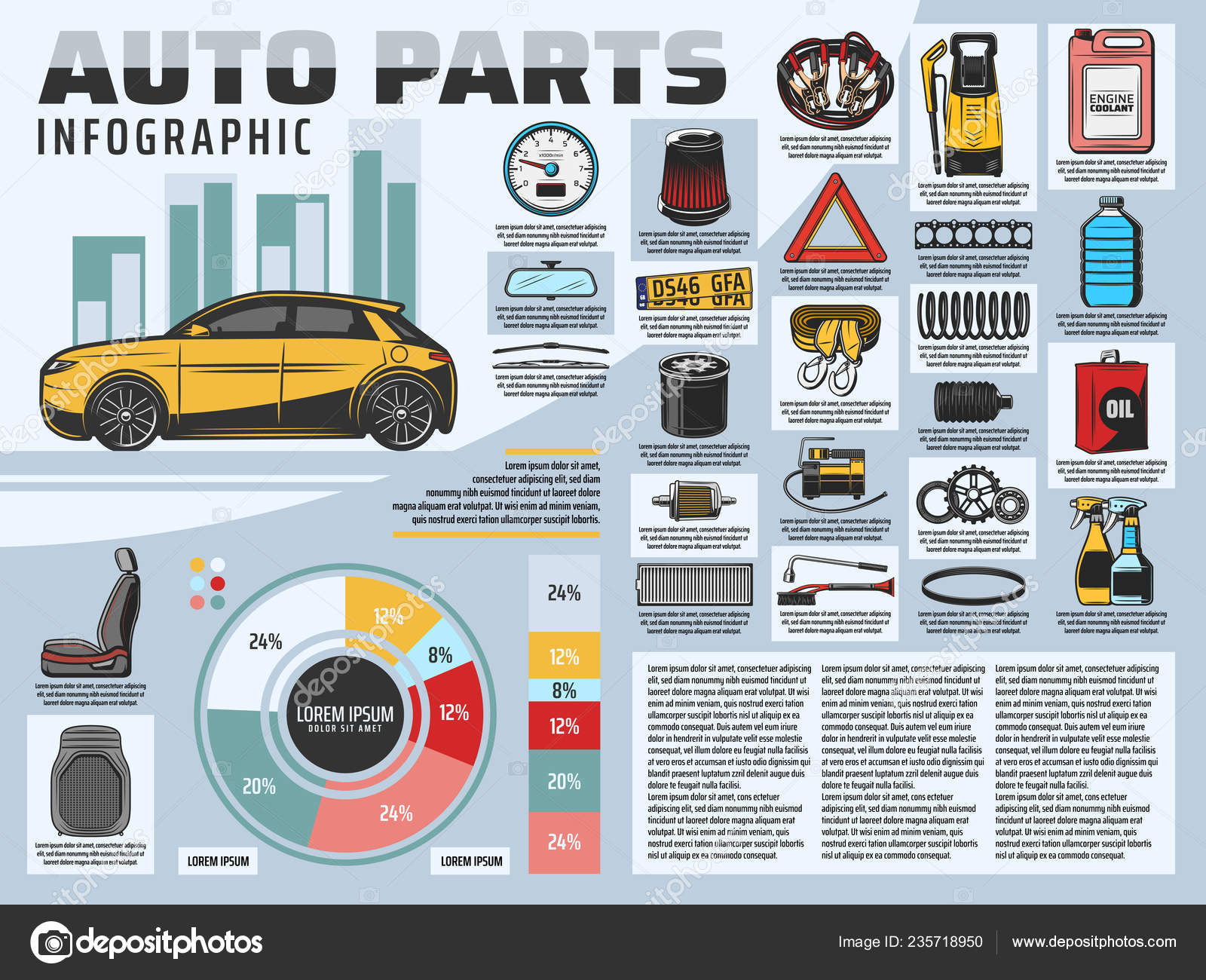Understanding The Definition Behind Your Vehicle'S Caution Lights: An Extensive Appearance
Understanding The Definition Behind Your Vehicle'S Caution Lights: An Extensive Appearance
Blog Article
Team Author-Samuelsen Stark
When you're behind the wheel, those beautiful caution lights on your control panel can be a little bit perplexing. Do you recognize what they're attempting to tell you about your car's health? Understanding the significance of these lights is important for your safety and the longevity of your vehicle. So, the following time among those lights pops up, wouldn't you wish to analyze its message properly and take the needed steps to address it?
Common Warning Lighting and Interpretations
Determine typical caution lights in your auto and understand their definitions to make certain risk-free driving.
marinedetailingauckland consist of the check engine light, which indicates problems with the engine or discharges system. If this light begins, it's vital to have your car examined without delay.
you can try these out advising light suggests reduced oil stress, calling for prompt attention to stop engine damages.
A blinking battery light could recommend a defective billing system, possibly leaving you stranded otherwise resolved.
The tire pressure surveillance system (TPMS) light notifies you to low tire pressure, affecting car stability and gas performance. Neglecting this might result in unsafe driving problems.
The abdominal muscle light shows a trouble with the anti-lock braking system, endangering your capability to quit promptly in emergencies.
Lastly, the coolant temperature alerting light warns of engine getting too hot, which can result in severe damage if not fixed promptly.
Recognizing these typical caution lights will assist you resolve concerns quickly and keep risk-free driving conditions.
Relevance of Prompt Focus
Understanding the typical warning lights in your car is only the initial step; the importance of without delay dealing with these cautions can't be stressed enough to guarantee your security on the road.
When a warning light brightens on your control panel, it's your vehicle's way of connecting a prospective issue that requires focus. Disregarding these warnings can result in a lot more serious problems down the road, jeopardizing your safety and security and possibly costing you much more in repairs.
click this site to alerting lights can protect against breakdowns and crashes. As an example, a flashing check engine light might indicate a misfire that, if left neglected, can cause damages to the catalytic converter. Resolving this promptly can conserve you from a costly repair service.
In a similar way, a brake system cautioning light may indicate low brake fluid or used brake pads, essential parts for your safety when driving.
Do It Yourself Troubleshooting Tips
If you observe a warning light on your dashboard, there are a couple of DIY fixing tips you can attempt prior to looking for specialist help.
The primary step is to consult your auto's manual to recognize what the particular caution light suggests. Often the concern can be as simple as a loosened gas cap setting off the check engine light. Tightening up the gas cap might deal with the issue.
One more usual concern is a reduced battery, which can set off numerous alerting lights. Examining the battery connections for deterioration and ensuring they're safe and secure might take care of the issue.
If a caution light continues, you can try resetting it by detaching the automobile's battery for a few minutes and after that reconnecting it. Additionally, inspecting your vehicle's fluid levels, such as oil, coolant, and brake fluid, can aid repair alerting lights related to these systems.
Verdict
In conclusion, understanding your cars and truck's caution lights is important for maintaining your car running efficiently and safely. By quickly attending to these alerts and recognizing what they indicate, you can avoid pricey fixings and potential malfunctions.
Bear in mind to consult your vehicle's handbook for specific details on each alerting light and do something about it as necessary to guarantee a trouble-free driving experience.
Keep notified, remain risk-free when traveling!
